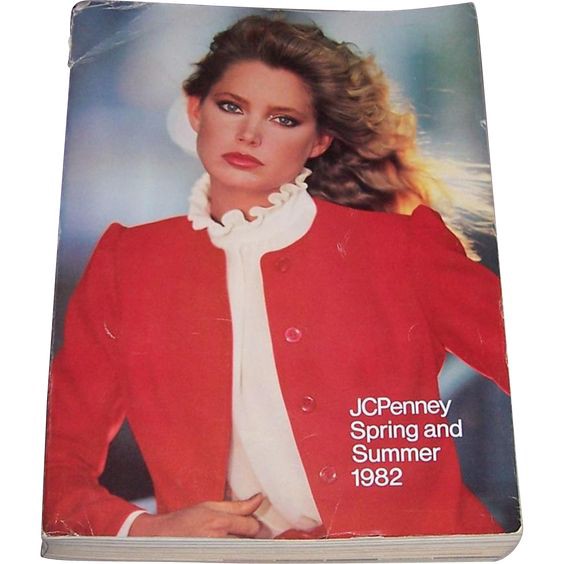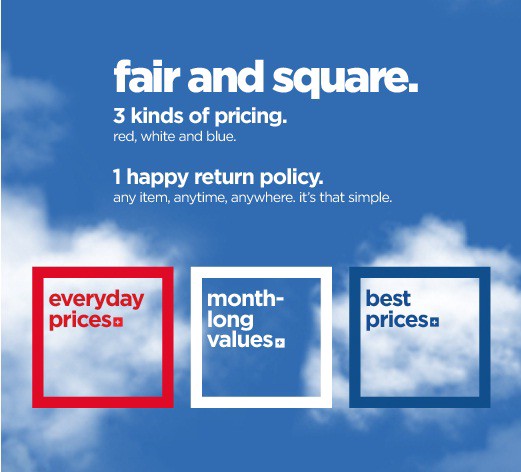Founded in 1902 by James Cash Penny, JC Penny was once the biggest retailer in the United States and the gold standard of American retail.
For nearly a hundred years, every town seemed to have a JC Penny. Almost everything people needed could be found on its shelves (or in its famous catalog).

JC Penny wasn’t just big, it was an innovator. It paved the way for modern brand partnerships when they worked with legendary fashion designer Halston to create a more accessible version of his upscale brand. Sam Walton was inspired to found Walmart after working at JC Penny in the 1940s.
But by 2011 they were in serious trouble.
Hit hard by a few recessions, Penny’s was run down and worn out. They needed a miracle. And their board did something surprising. They hired Ron Johnson to lead the company. He was a first-time CEO and a retail superstar, after running retail for Apple and Target.
On the surface it was a bold, interesting move. Unfortunately it turned out to be a fatal mistake.
The Big Rebrand
Ron Johnson didn’t waste any time. First, he rebranded JC Penny, starting with its logo and name:

JC Penny became JCP, with a stylish and Apple-like logo. Johnson then refreshed the look and feel of JCP’s stores to try and attract younger shoppers. He replaced JC Penny’s well known store brands with 100 smaller boutiques, partnering with brands like Sephora.
And on the surface this might’ve made sense, but Ron Johnson missed something important about the psychology of JC Penny’s most loyal customers.
The people that loved Penny’s were lower middle class women, basically moms, who wanted to snag a deal on clothes and homewares.
By creating a retail experience that looked, sounded, and felt different, JCP’s core customers were alienated. The psychology behind this is something called the Self-Reference Effect.
It says that people resonate with experiences that reflect how they see themselves. And if you don’t think of a store as “a place where people like me” shop, you don’t want to go in.
So after millions of dollars worth of renovations, their core customers didn’t think of themselves as JCP customers any more. And younger customers didn’t like the new JCP because it still had the reputation of being the uncool place your grandma shopped to find a bargain.
(Price) Perception is Reality
JCPenny was a discount destination. Their customers were bargain hunters. Knowing that they might miss out on a sale gave customers a reason to visit the store on a regular basis.
But Johnson thought sales killed brands, because it made them seem cheap.
So he got rid of all the discounts and introduced what he called “Fair and Square” pricing. It did away with sale prices and instead only had three types of prices in the store:
- Everyday Prices: Prices that never changed
- Month-Long Values: These were theme sales for certain times of the year like back-to-school clothes going on sale in August
- Best Prices: Basically another phrase for clearance items

In theory, the simplicity of this is beautiful. But Johnson overlooked the power of price perception.
Pricing is a psychological game — it’s all about how customers feel when they see a price or a sale. And Penny’s customers really wanted to feel like they had saved money, even if they hadn’t. Markdowns did that because of a psychological principle called Anchoring.
Anchoring says that our decisions are influenced by the first information we see. Our brains grab on to this information without being consciously aware that we’re doing it.
In other words, when we see a blouse that was $60 and is marked down to $15, we feel like we’re getting a deal — even if we’re not. And feeling like they got a deal was more important to JCPenny’s customers than actually getting a deal.
The Psychological Power of “99”
One other small but really important thing Fair and Square pricing did was to take the 99 off the end of every price.
So instead of a sweater that cost 15.99, now it cost 15.00. That might seem like a tiny thing, but studies show prices that end in odd numbers, like 99 are more appealing.
It’s down to a psychological pricing strategy called Odd-even pricing
Odd-even pricing has been proven to increase demand for many types of products, because it makes you feel like you’re getting a deal.
Learn how the world's biggest brands apply psychology - and you can too.
Join the Choice Hacking newsletter to get a behavioral science and psychology case study in your inbox every week.
I'll also send you my eBook "5 Psychology Principles That Can Perfect Your Experience."
When Your Hot Hand Finally Cools: The Bottom Line
Ron Johnson based most of his JCP strategy on on what had worked at Apple. He might have been a superstar at Apple, but he was unwilling to acknowledge that JCPenny and Apple were two very different companies with different needs.
Basically Ron Johnson fell victim to a thinking trap called the Hot Hand Fallacy. It says people think someone is on a hot streak based on their past performance.
The Hot Hand Fallacy happens a lot in sports. Let’s say Lebron James starts hitting three pointers over and over. All the sudden everyone thinks he’s on a hot streak — he can’t miss. But actually making one three pointer doesn’t make you more or less likely to hit the next one.
Ron Johnson’s hot streak was pretty good — Target and Apple are cult brands and he undeniably did a great job with their stores. But a few successes doesn’t mean you’re more likely to keep winning. You have to test and try new things before you commit.
But when people asked why he never tested his ideas, Ron Johnson just said, “We never tested at Apple.”
